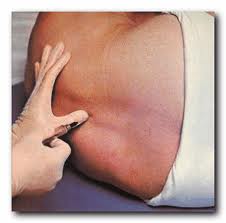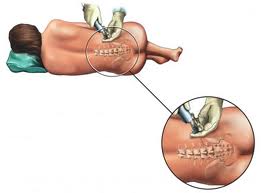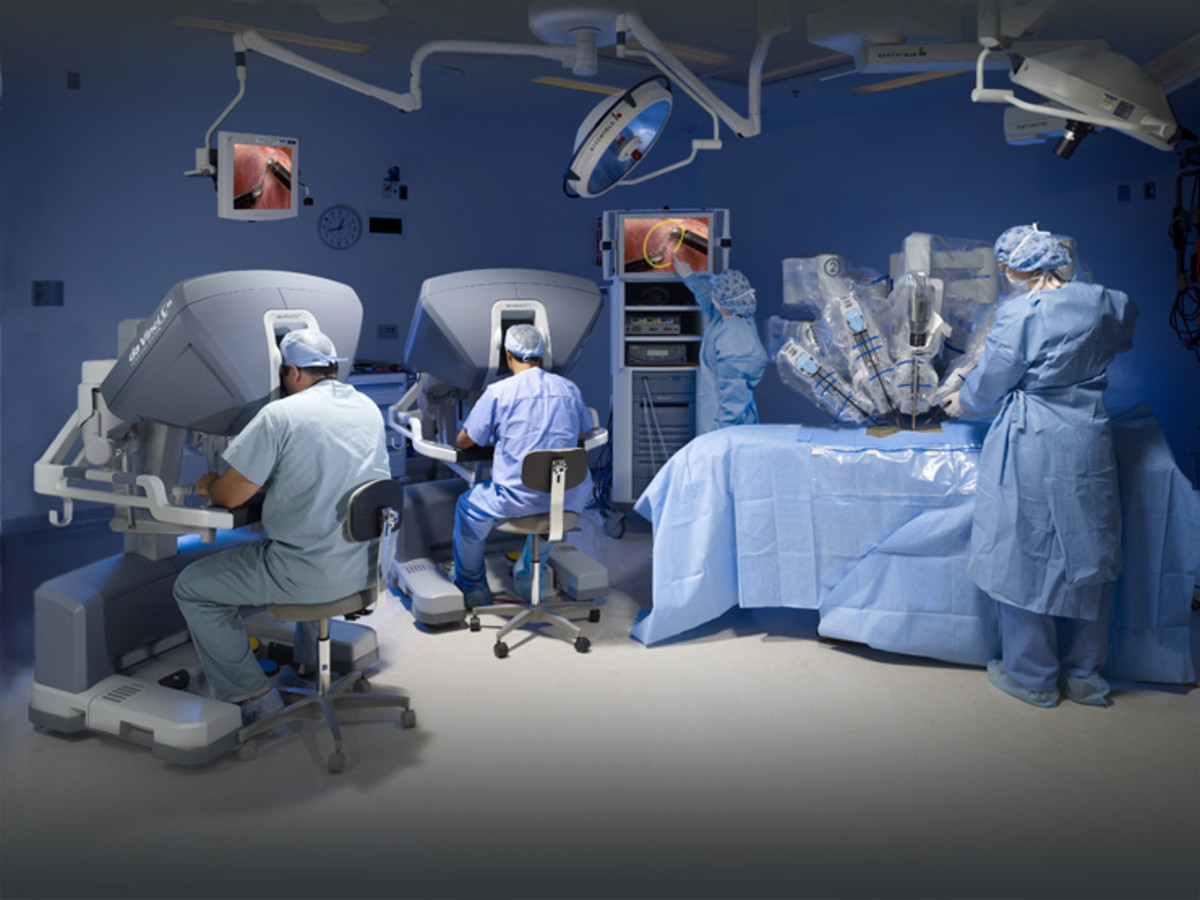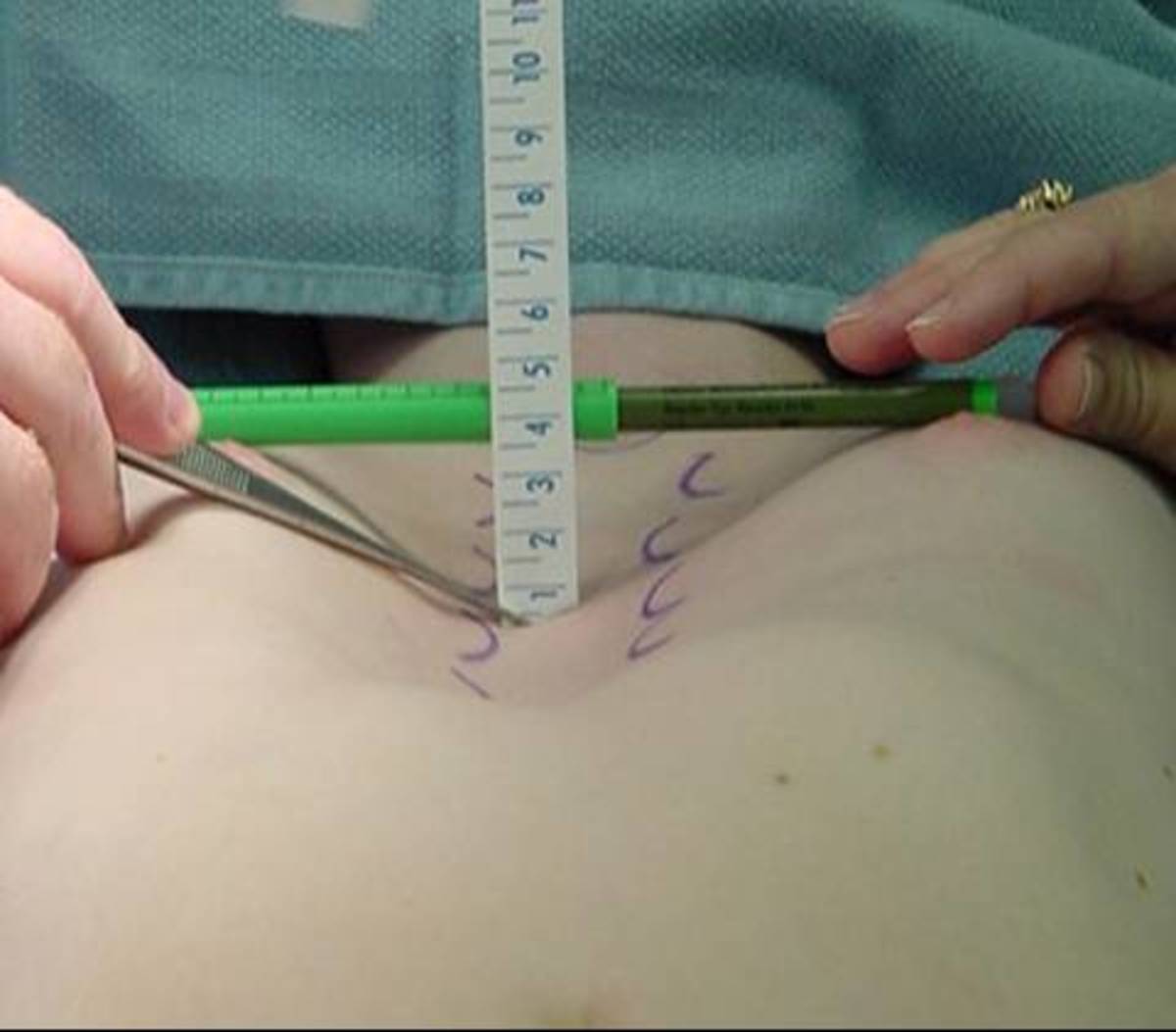Anesthesia Types | General, Regional, Local, Epidural
The term anesthesia has originated from the Greek word "anaisthesis" which can be translated into English as without any feeling of sensation with or without loss of consciousness. In medical terminology, anesthesia can be defined as insensibility or loss of sensation produced by medical means such as anesthetic injections, drugs, sprays, and gels to help perform surgery, some sort of medical procedure, or for providing pain relief on the diseased part of body. Anesthesiology is the area of medicine that takes care of all tasks related to pain relief and surgical care of patients before, during, and after an intervention, which may include active participation of anesthesiologists in the operating room in case of emergency situations. Yes it is true that there are several types of procedures that require 100% attendance of an anesthesiologist sometimes assisted by assistant anesthesiologist with more than two senior surgeons in the OR.

The World Of Anesthesia - What Really Happens?






ANESTHESIA TYPES
Though there are several types of anesthesias but there are four main types which are listed below:
Use of general anesthesia involves directly the brain, and from the psychological point of view, it is an altered state of consciousness induced by drug use. General anesthesia is the one in which the patient remains unconscious throughout the surgical intervention, without being able to perceive what is happening. It is actually a kind of injection, using a combination of multiple drugs, which is applied by the intravenous or intramuscular method that is monitored by anesthesiologists throughout the surgery. There are also other types of general anesthesia that are inhaled in their gaseous form. In both these cases (IV general anesthesia and nasal anesthesia), the anesthesiologist calculates the dose to be given to the patient depending on the type of surgery and the characteristics of the patient (age, sex, BMI, comorbidities, etc.) in order to wake him at the right time when the surgery is completed, so that the patient can be incorporated back into normal conscious state.Regional anesthesia is one in which an area of the body that will undergo a surgical procedure is numbed, so that the patient does not feel any sensation of pain in this particular area while the procedure is performed. The anesthesiologist injects an anesthetic solution around the nerves in this region. Thus, the patient remains conscious and awake but lightly sedated without the possibility of any pain until the effects of anesthesia wear off.
Local anesthesia is applied directly to the area to be operated. Usually, local anesthesia is applied for minor interventions. Local anesthesia is used in the dentist's office and sometimes for doing small procedures in a clinical setting. For dental anesthesia, the doctor injects a small dose of anesthetic solution near the section of the teeth that needs to be repaired or surgically treated, so local anesthesia acts outside the brain, into the nerves and in the regions adjacent to the drug injected.
Epidural anesthesia is another type of anesthesia which does not involve directly the brain. This anesthesia involves the injection of drugs into the spinal column using a tube or catheter. The injection is performed in the meningeal layer close to the spinal bone which protects the central nervous system and is done outside the dural space. The purpose of epidural anesthesia is to block the nerve endings at the level of the spine, which is useful for certain interventions such as during labor and childbirth.





